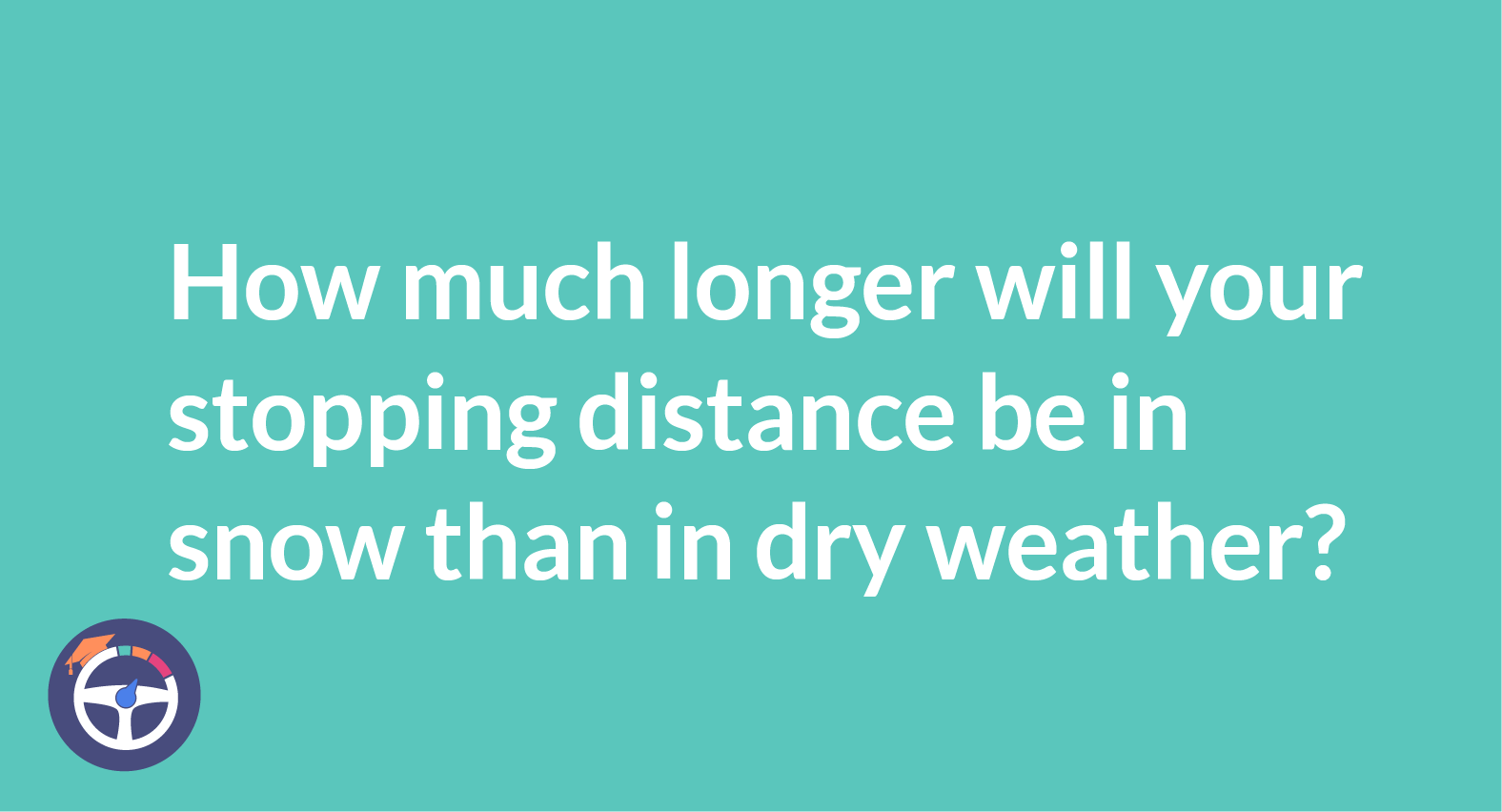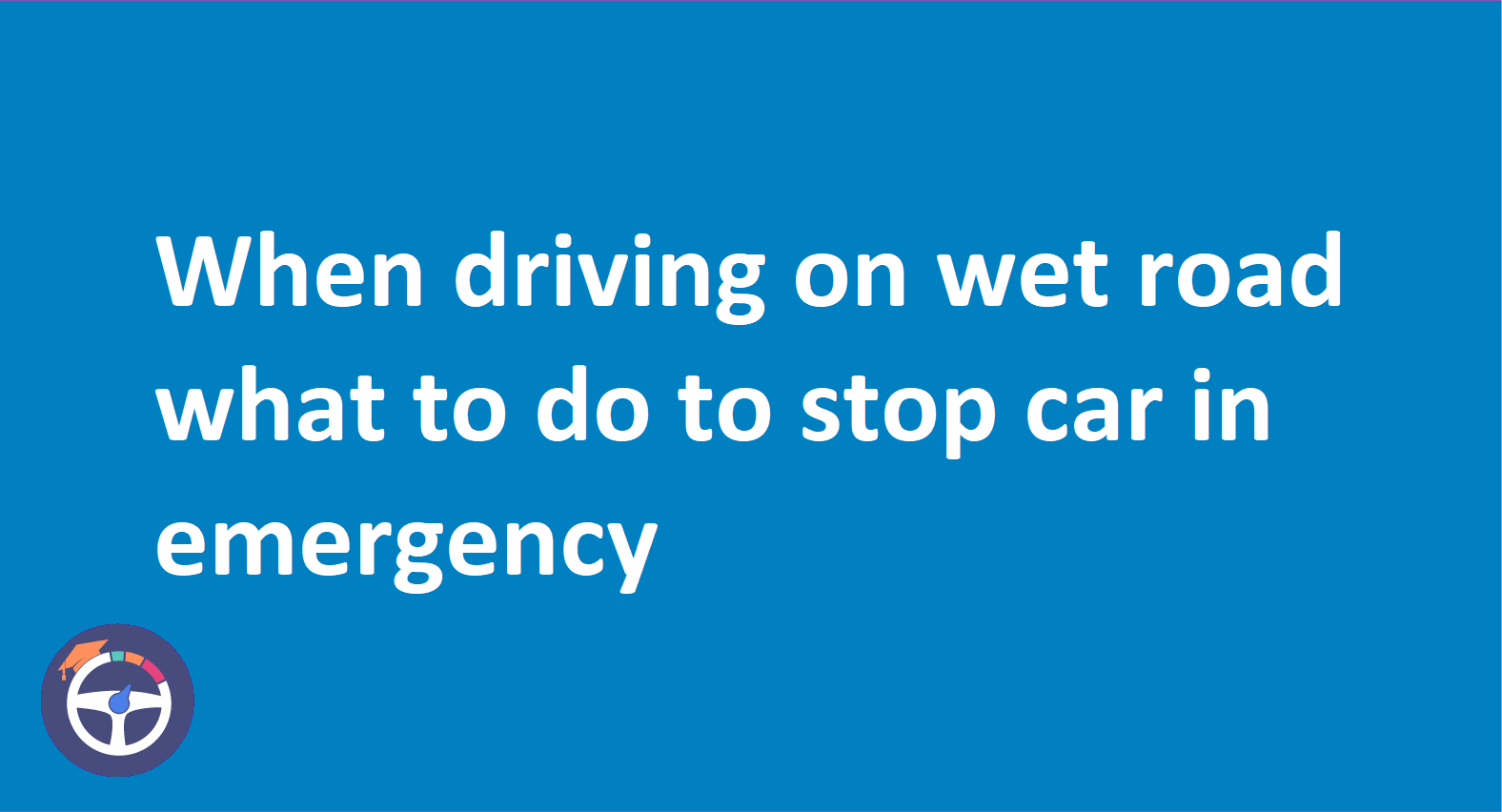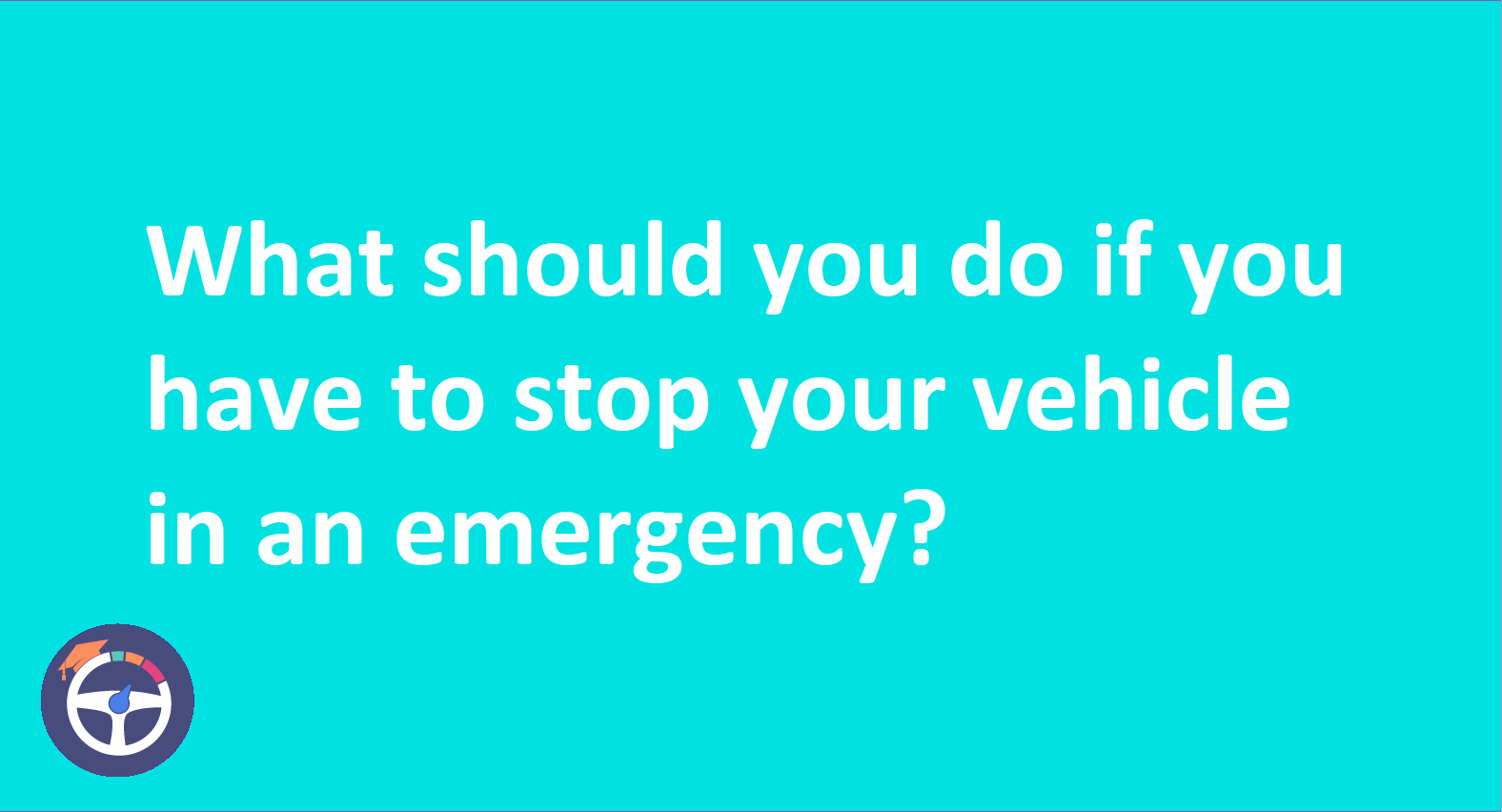Stopping Distance In Snow Vs. Stopping Distance In Dry Conditions
Your stopping distance in snow can be up to ten times longer than in dry weather. Due to the longer stopping distance required in such weather, it's essential to look further ahead and maintain a greater safety margin.

Understanding the stopping distance in snow is essential for safe navigation. Stopping distances on snowy roads can increase significantly by up to ten times compared to stopping distances in dry conditions. Your car's capacity to stop fast and safely can be seriously impacted by the decreased traction that snow and ice produce.
Consequently, it’s critical to modify your driving style to account for longer stopping distances and extra caution in order to prevent collisions. Drive carefully and with awareness when driving in hazardous winter conditions.


